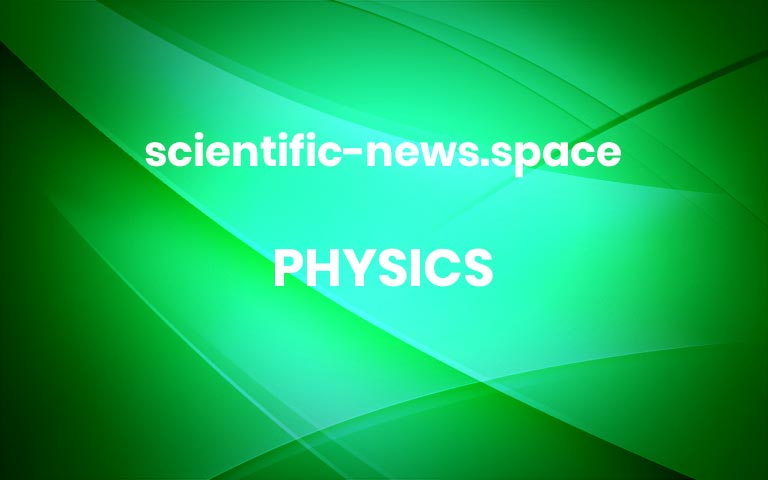Scientists still can’t agree on the universe’s expansion rate
SANTA BARBARA, Calif. — It’s one of the most talked-about issues in physics: Two measurements of the universe’s expansion rate disagree. Now, a technique that aimed to resolve the mismatch has produced a third estimate that falls between the previous two. So the controversy endures, scientists report in a study accepted in the Astrophysical Journal. […] More



